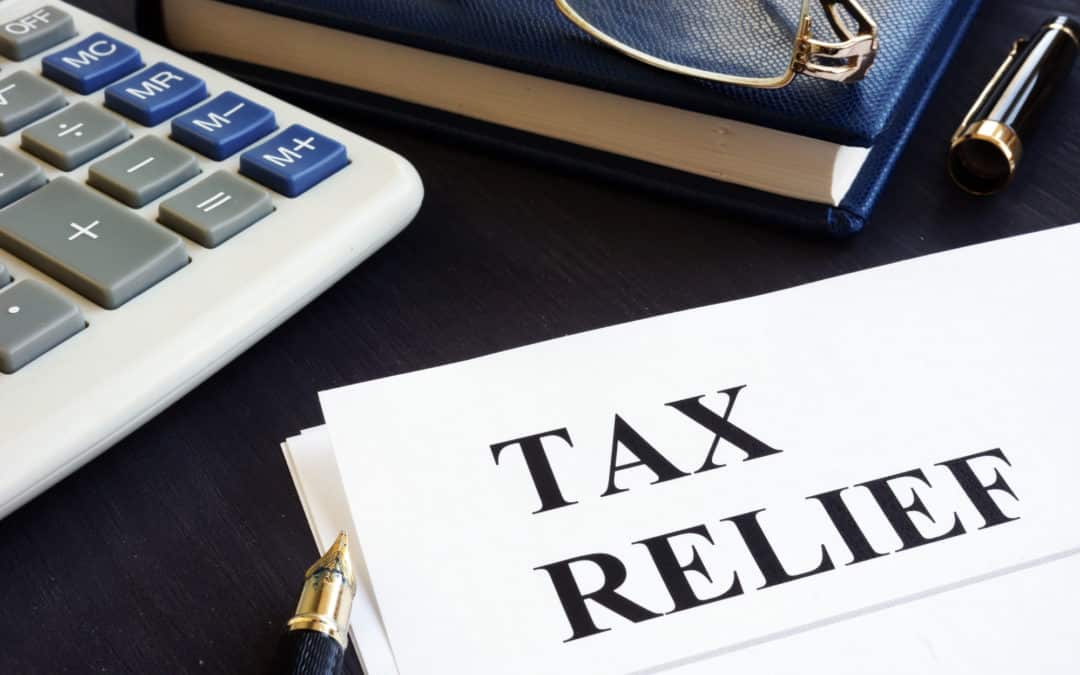Did you know that Americans owed $133 billion in back taxes in 2021?
If you’re struggling to pay back your taxes, you’re not alone. But not paying your taxes can lead to severe consequences if you aren’t careful.
Thankfully, many tax relief programs can help you get up-to-date with paying your taxes. Read on and discover everything you need to know about how you can benefit from these options!
What Types of Tax Relief Programs Are Available?
There are many options you can choose from based on your financial situation. Here are a couple of common ones to give you an idea of what’s available.
IRS Offer in Compromise Program
The Offer in Compromise tax debt relief program helps you negotiate your taxes for lower than what you need to pay. With 38% of those who applied were accepted in 2018, the IRS is selective with who qualifies.
Some applicant factors the IRS considers are as follows:
- How much you can pay
- Assets
- Income and expenses
After you send the IRS your full financial information, they will analyze it to see if you qualify for this program. When you get accepted, you can choose to pay it in full or in installments within 2 years after your acceptance.
IRS Streamlined Installment Agreement
Are you trying to pay your taxes but don’t have the full amount?
The IRS streamlined installment agreement lets you set up a payment plan until you pay everything back for those owing $50,000 or less. If that’s your case, you simply apply online with the IRS to get started right away.
How to Take Advantage of Tax Relief Programs
Are you thinking of getting tax relief? Here are three tips to help you determine which program is best for you.
1. Determine Your Situation
Before signing up for a tax relief program, you need to assess your individual situation.
Besides the options mentioned before, there are special tax programs, credits, and deductions based on:
- Student loan debt
- Your first mortgage
- Age
- Disability
- Your family situation
- Charity donations
The IRS is aware that every household is different, so chances are that you’ll find a program that can suit your needs.
2. Research State Tax Relief Programs
Besides federal tax relief, did you know that there are specific tax programs available by the state?
Each state has its own tax laws involving tax debt or interest waivers, tax settlement, fraud protection, and much more. Make sure you research these options based on your location to find additional help with your tax situation.
3. Hire a Tax Professional to Help
If you’re having trouble determining the best options, you should consult with a tax expert to help.
Not only do they save you time, but they know the ins and outs of the complicated tax system. They can help you spot opportunities to save some money and avoid making any mistakes when you file.
Don’t Miss Out on Getting the Tax Relief You Need
From settlement plans to special deductions, know that there are many tax relief programs and options out there you can take advantage of.
It can be stressful, but if you’re well-prepared and understand your financial situation, paying your taxes won’t be a problem.
Do you need some help assessing your personal tax situation? Contact us for a free case review with an experienced tax professional!





